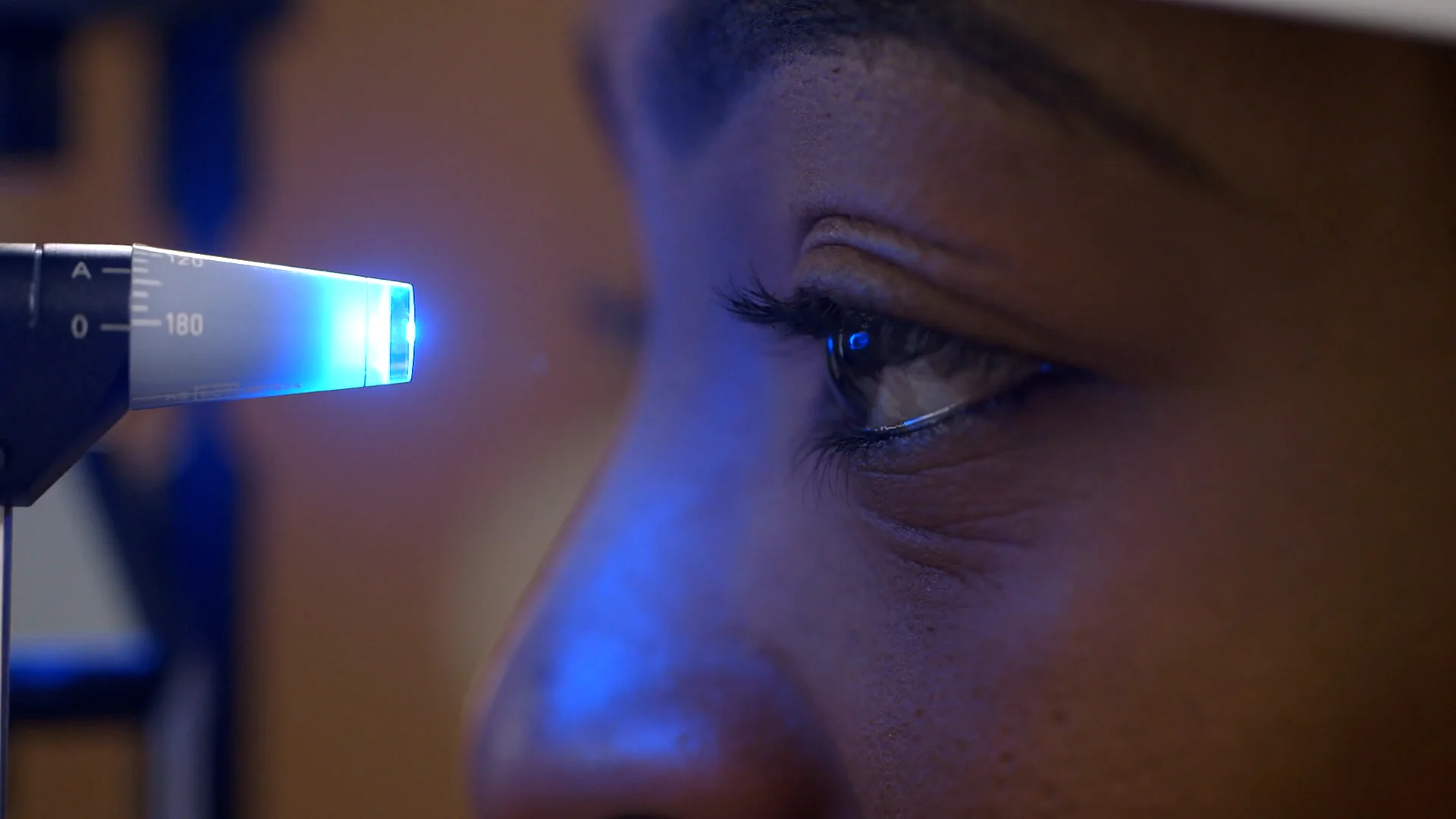Glaucoma is one of the leading causes of irreversible blindness worldwide — and it’s often called the “silent thief of sight.” Why? Because it can damage your vision so gradually that many people don’t notice until significant loss has occurred.
Fortunately, early screening and timely treatment can protect your vision and prevent further damage. Whether you’re at risk or just curious, understanding glaucoma can help you or your loved ones take the right steps toward lifelong eye health.
ALSO READ: Screening and Treatment for Cataract: Restoring Clarity to Your Vision
👁️ What Is Glaucoma?
Glaucoma is a group of eye diseases that cause damage to the optic nerve, which connects the eye to the brain. This damage is often linked to increased pressure inside the eye (intraocular pressure), though it can occur with normal pressure too.
Over time, untreated glaucoma can lead to tunnel vision and eventually complete blindness.
🧬 Types of Glaucoma
There are several types, but the most common are:
-
Primary Open-Angle Glaucoma (POAG):
The most common form; progresses slowly and painlessly. -
Angle-Closure Glaucoma:
A medical emergency; causes sudden pressure build-up with symptoms like eye pain, nausea, and blurred vision. -
Normal-Tension Glaucoma:
Optic nerve is damaged despite normal eye pressure. -
Secondary Glaucoma:
Caused by other medical conditions, trauma, or medication.
⚠️ Who Is at Risk?
Anyone can develop glaucoma, but the risk increases with:
-
Age (especially 40+)
-
Family history of glaucoma
-
Diabetes or hypertension
-
African, Asian, or Hispanic descent
-
Prolonged use of steroid medications
-
Eye injuries
If you fall into any of these categories, regular eye screening is critical.
🔍 Glaucoma Screening: What to Expect
Screening for glaucoma is painless, quick, and non-invasive. It typically involves:
-
Tonometry:
Measures intraocular pressure (IOP). -
Ophthalmoscopy:
Examines the shape and color of the optic nerve. -
Visual Field Test:
Checks for any loss in peripheral (side) vision. -
Gonioscopy:
Inspects the angle where the iris meets the cornea. -
Pachymetry:
Measures the thickness of the cornea.
Regular screening (every 1-2 years for those at risk) can detect glaucoma before vision is lost.
💉 Treatment for Glaucoma
There is no cure for glaucoma, but it can be managed effectively to prevent vision loss. Treatment options include:
✅ 1. Medications
-
Usually in the form of eye drops
-
Reduce eye pressure by helping fluid drain or decreasing fluid production
✅ 2. Laser Therapy
-
Laser Trabeculoplasty: Enhances drainage in open-angle glaucoma
-
Iridotomy: Creates a small hole in the iris to treat angle-closure glaucoma
✅ 3. Surgery
-
Trabeculectomy: Creates a new drainage pathway
-
Drainage implants (shunts): Helps fluid leave the eye
-
Surgery is usually considered when medications and laser therapy aren’t enough
✅ 4. Monitoring & Lifestyle Adjustments
-
Routine eye exams to track disease progression
-
Healthy habits like exercise, a balanced diet, and managing diabetes or hypertension help support eye health
🧠 Final Thoughts
Glaucoma may be silent, but it doesn’t have to be blinding. Early detection through routine screening and timely treatment can save your sight.
If you’re over 40 or have a family history of glaucoma, don’t delay — a simple eye exam could make all the difference.

